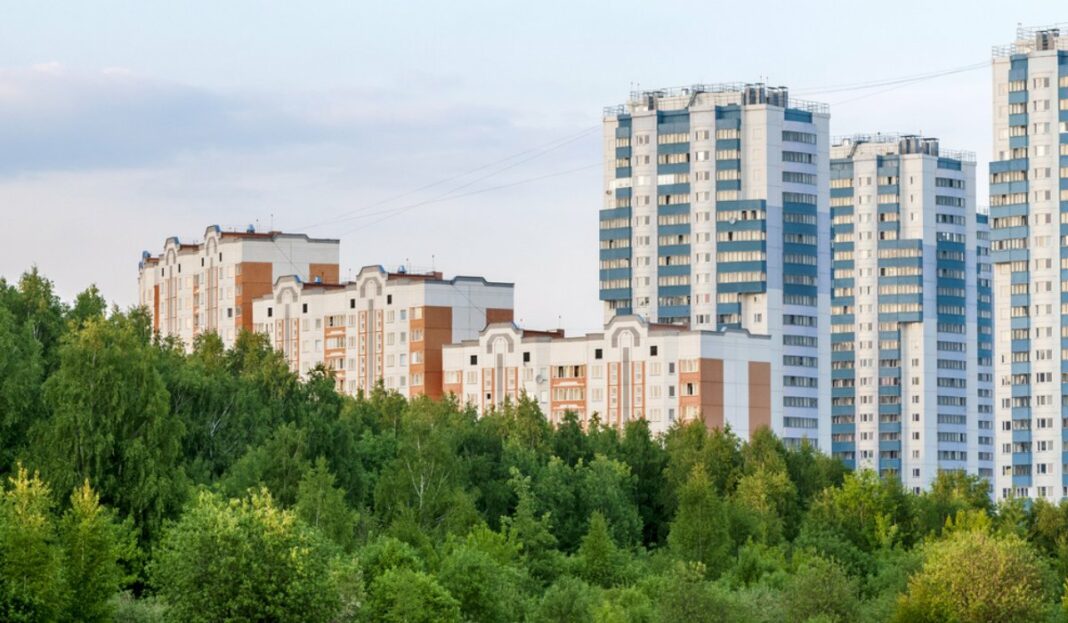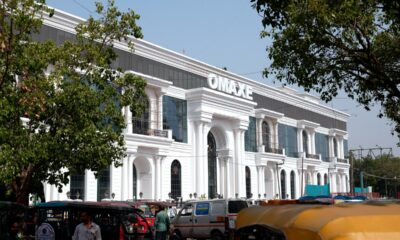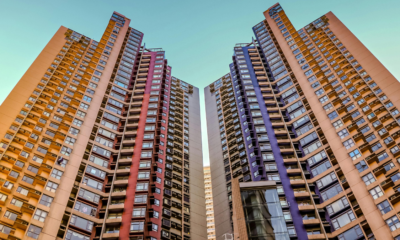News
Tier 2 Cities Herald A New Growth Era For The Real Estate Sector




By: Saransh Trehan
Managing Director, Trehan Home Developers
Setting aside infrastructural growth which is the essential metric for urban prosperity, Tier 2 cities have also outdone themselves in terms of attracting and perhaps also retaining increasing population numbers, talent pool, sizeable income and salary packages, ease of living, and housing affordability. Whereas metro cities are excelling in providing all-encompassing facilities such as infrastructure, career-propelling job opportunities, and educational hubs, tier 2 cities have also commanded a strong foothold in an amalgam of all the growth indicators with numerous Grade-A developers building affordable residential houses, semi-luxury societies, malls, and high-street commercial projects in these cities. It can be described as a watershed event as well-known builders are also realizing the potential of Tier 2 realty markets and stepping into new territories out of their bastions to keep on adding new consumers and capturing fresh markets swimmingly, owing to palatable market conditions.
Corroborating this is the joint report of Cushman and Wakefield and the apex body of real estate developers Confederation of Real Estate Developers’ Associations of India (CREDAI), Tier 2 cities have emerged as focal points of real estate development as India is expected to achieve urbanization rate of 50% by 2050.
The aspect that has worked in favour of Tier 2 cities is the eruption of well-paying job opportunities. The cost-effectiveness and economical land deals attract many national and international manufacturing and IT players to foray into these cities and hire candidates for specialized job titles. According to the survey conducted by Randstad India, 54% of participating employers have shown an inclination to give jobs to candidates hailing from Tier-2 and Tier-3 cities. It is not only an indicator of a diverse and varied talent pool but the sole factor has sufficiently helped in retaining talent in Tier 2 cities who could have probably moved to big cities and towns in the wake of better job placements.
A kindred report Xpheno postulated a dichotomous picture signalling that the active job postings in Tier-2 cities underwent a 12% increase, whereas Tier-1 cities saw a 16 percent decline in January 2023. ‘The Emerging Technology Hubs of India’ report by Delloite and NASSCOM painted a similar picture. The report highlights that India’s technological industry is a mode of decentralization hiring 11-15% of tech talent from Tier 2 and Tier 3 cities. It showcases the reduction of over-dependence on talent from metro cities and an accretive representation of Tier 2 and Tier 3 talents in tech-driven employment roles.
On the other hand, the highly-anticipated infrastructural road and expressway networks will also open new corridors of growth for Tier 2 realty nexus. The Delhi-Mumbai Expressway and Industrial corridor will not only be responsible for boosting the interconnectivity of NCR cities but will also spur astounding connectivity between Tier 2 and Tier 3 cities located in proximity to the National Capital Region. The Expressway project will not only reduce the travel time between Delhi to Mumbai by half but will also propel seamless connectivity passage between 6 states such as Delhi, Haryana, Rajasthan, Madhya Pradesh, Gujarat, and Maharashtra.
Alwar, Bhiwadi, and Neemrana are three Tier 2 cities that will also be immense beneficiaries of the Delhi-Mumbai Expressway project. Not only will it establish unhinged and smooth connectivity between these locations and the wider NCR corridor and the rest of the states, but it will also spike up the infrastructural, manufacture, and industrial development leading to a scalable upshift in job availability.
*** The author is a real estate developer and views expressed are his personal and do not represent the stand of this publication
-



 News3 weeks ago
News3 weeks agoGodrej Properties Sells Rs 3k cr+ Homes of Godrej Zenith, Gurugram, within 3 days
-



 News4 weeks ago
News4 weeks agoRBI’s Status Quo on Key Policy Rates to Help Maintain the Real Estate Growth Momentum, Say Industry Stalwarts
-



 News2 weeks ago
News2 weeks agoNoida’s High-Rise Societies Face Multiple Challenges Despite Rapid Urban Growth
-



 News2 weeks ago
News2 weeks agoOlive Announces Dhruv Kalro as Co-Founder
-



 News3 weeks ago
News3 weeks agoGodrej Properties Sells 5000+ Homes of Rs 9.5 cr in Q4FY24, Bookings up 84% YoY
-



 News3 weeks ago
News3 weeks agoVestian: Domestic Investors Dominate Institutional Investments in Jan-Mar’24
-

 News2 weeks ago
News2 weeks agoIndia to become the fastest-growing silver economy, housing up to 17% of the world’s elderly population by 2050: CBRE Report
-



 News3 weeks ago
News3 weeks agoHRERA Gurugram Rejects Godrej Properties’ Project Extension Application, Account Frozen For Prolonged Non-compliances


















